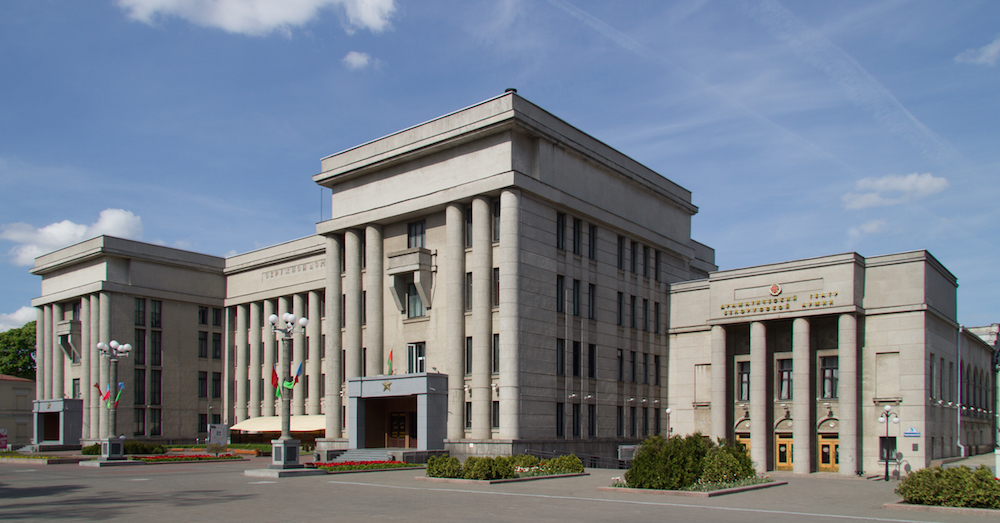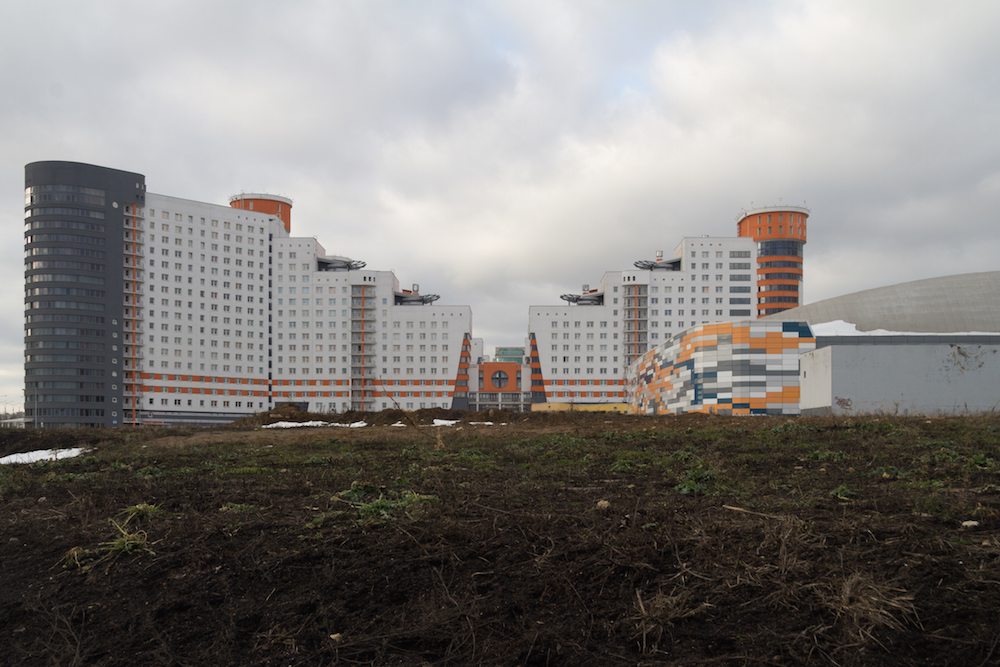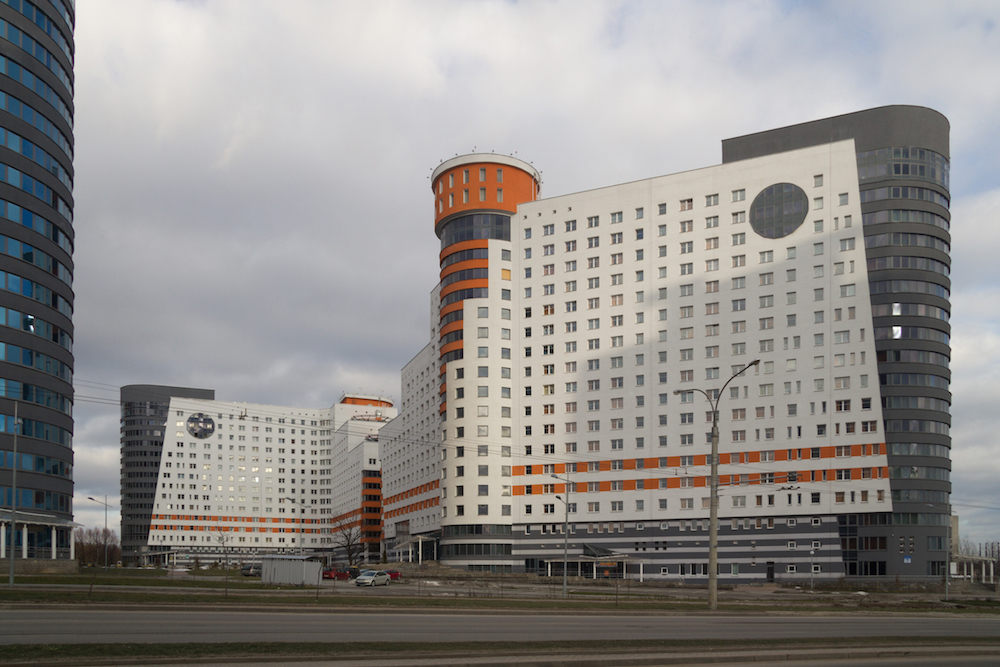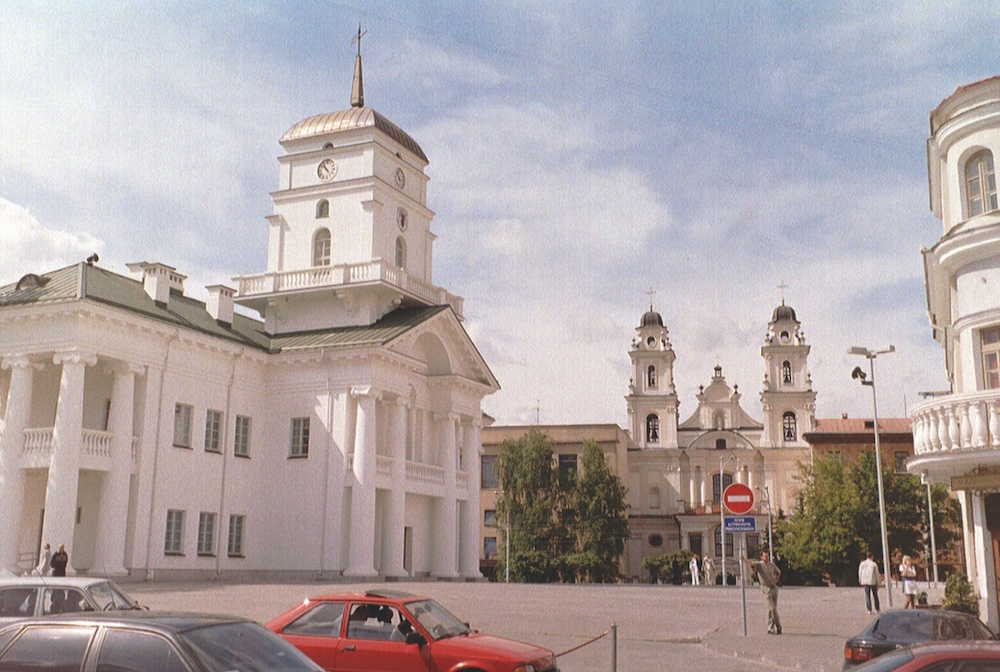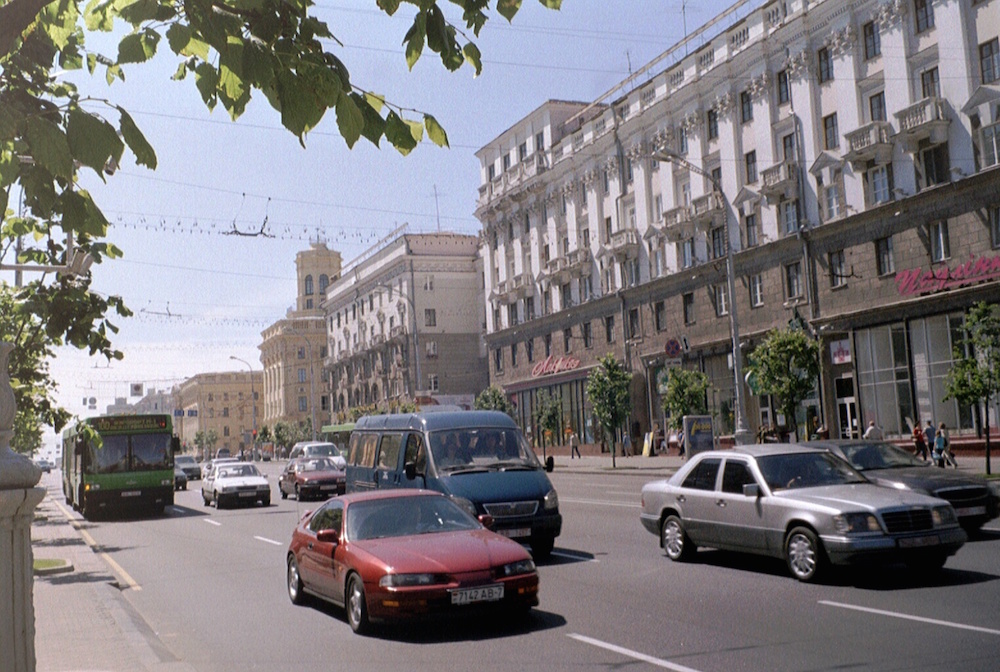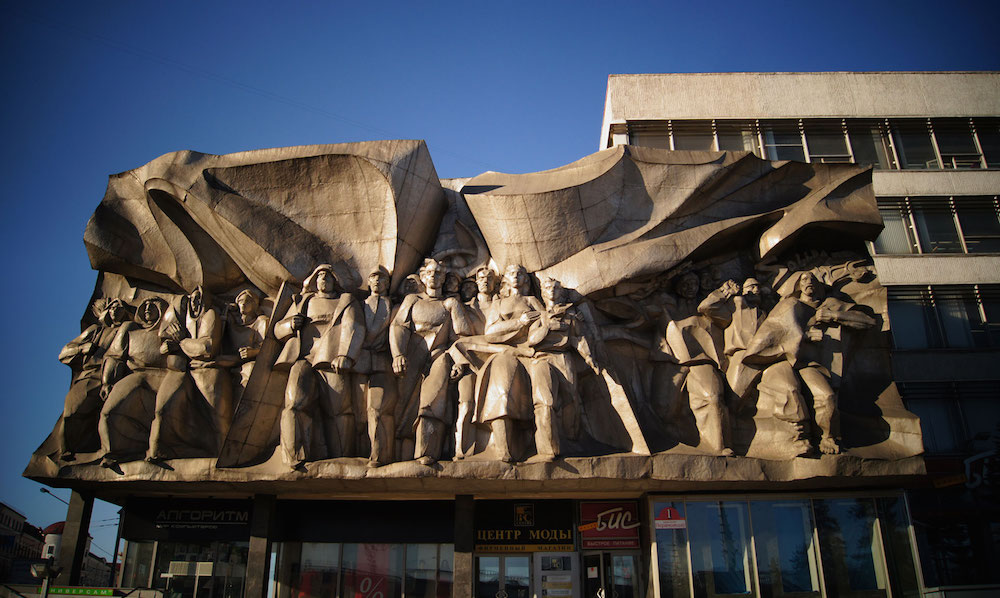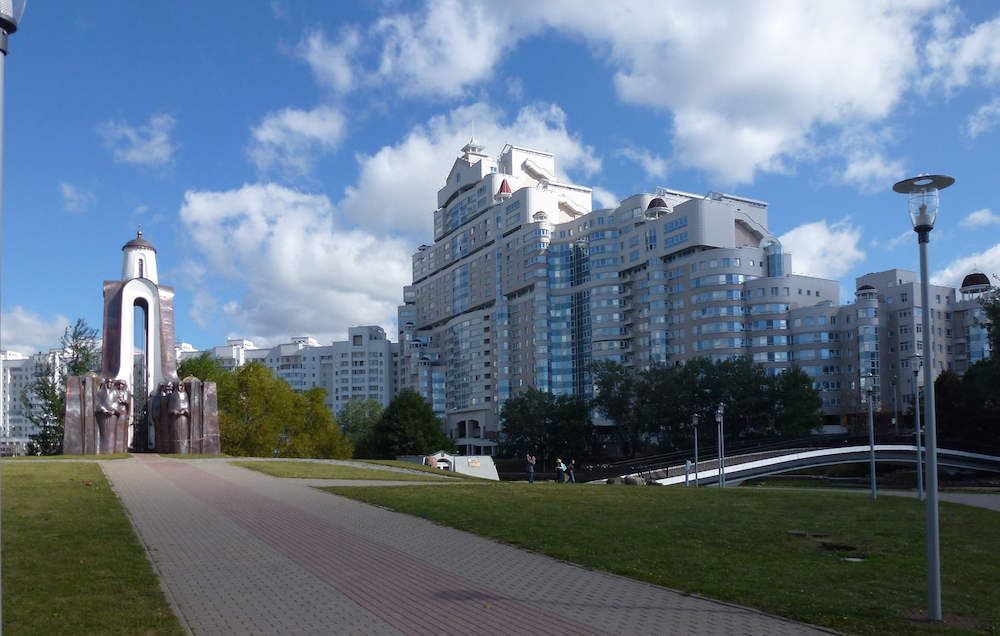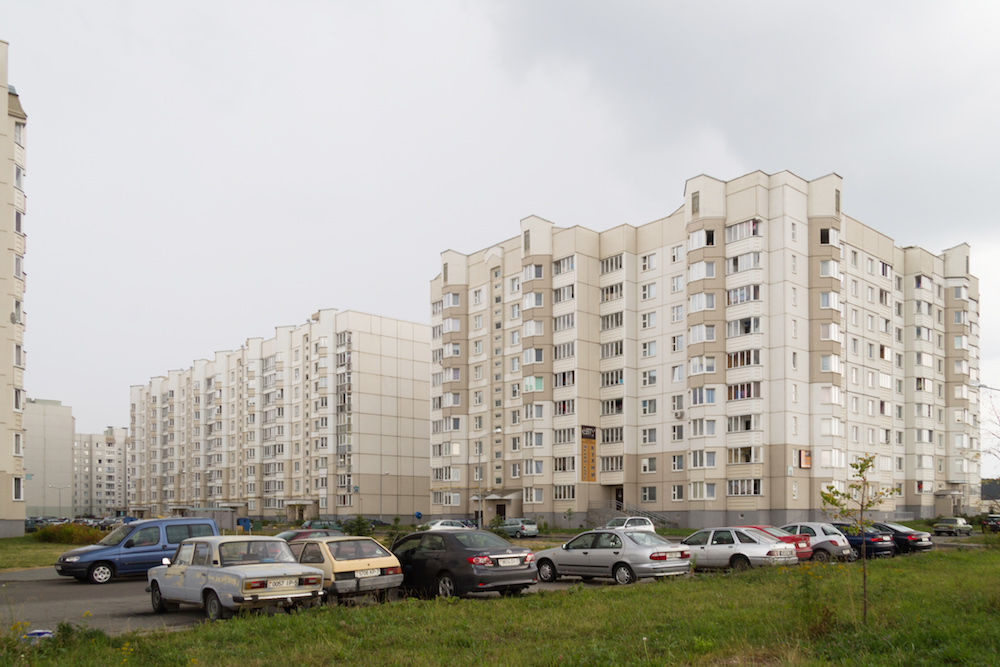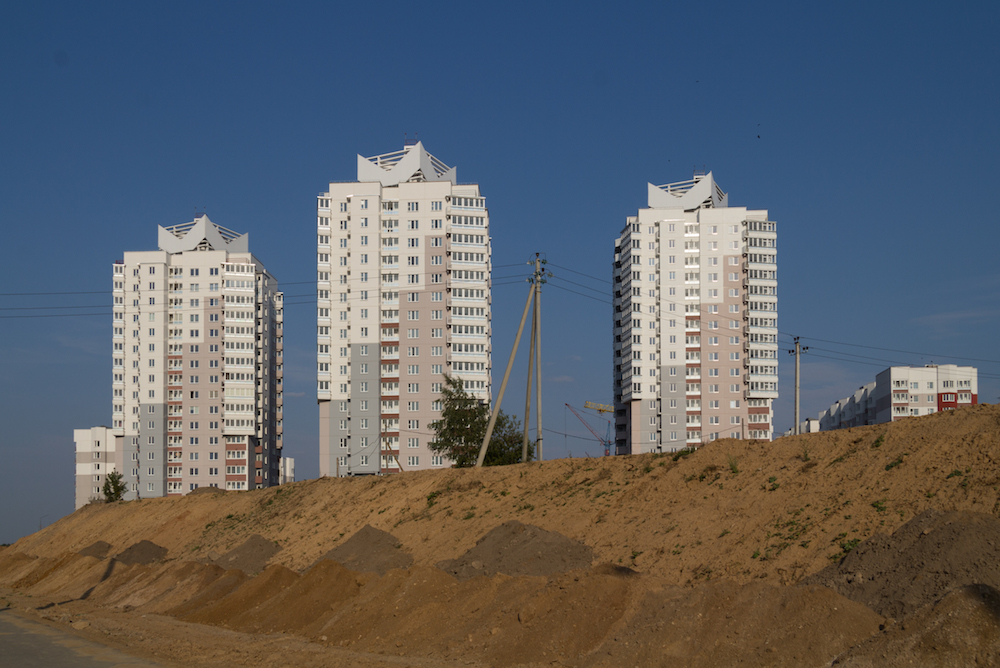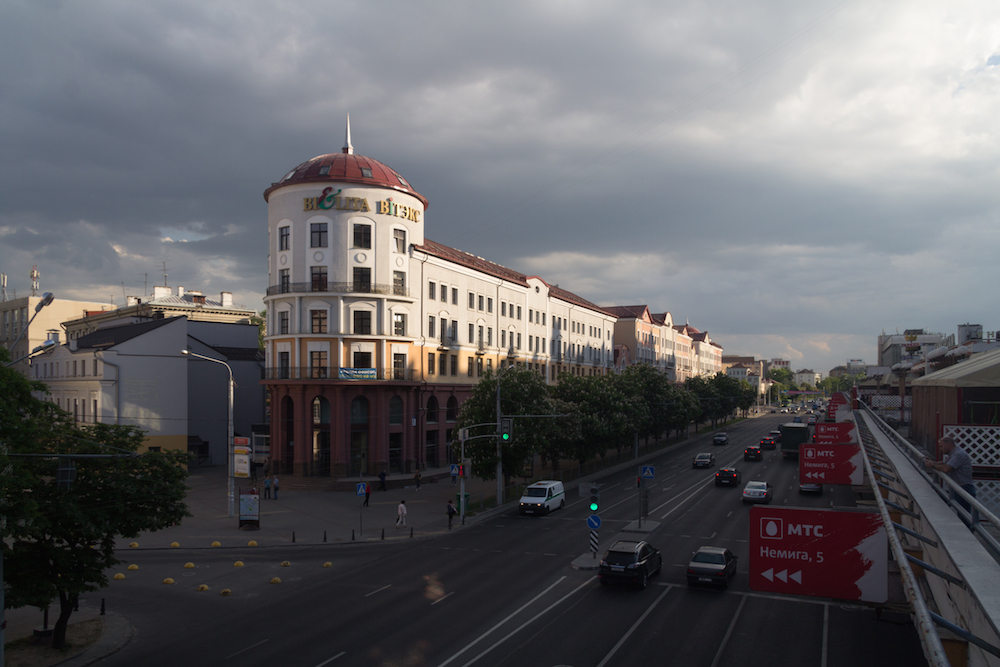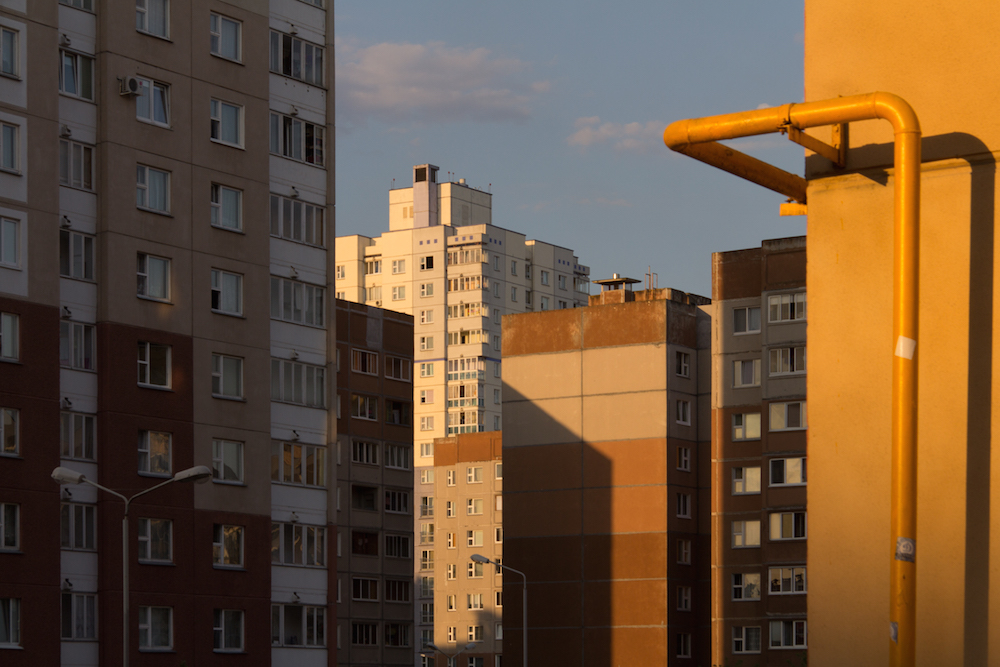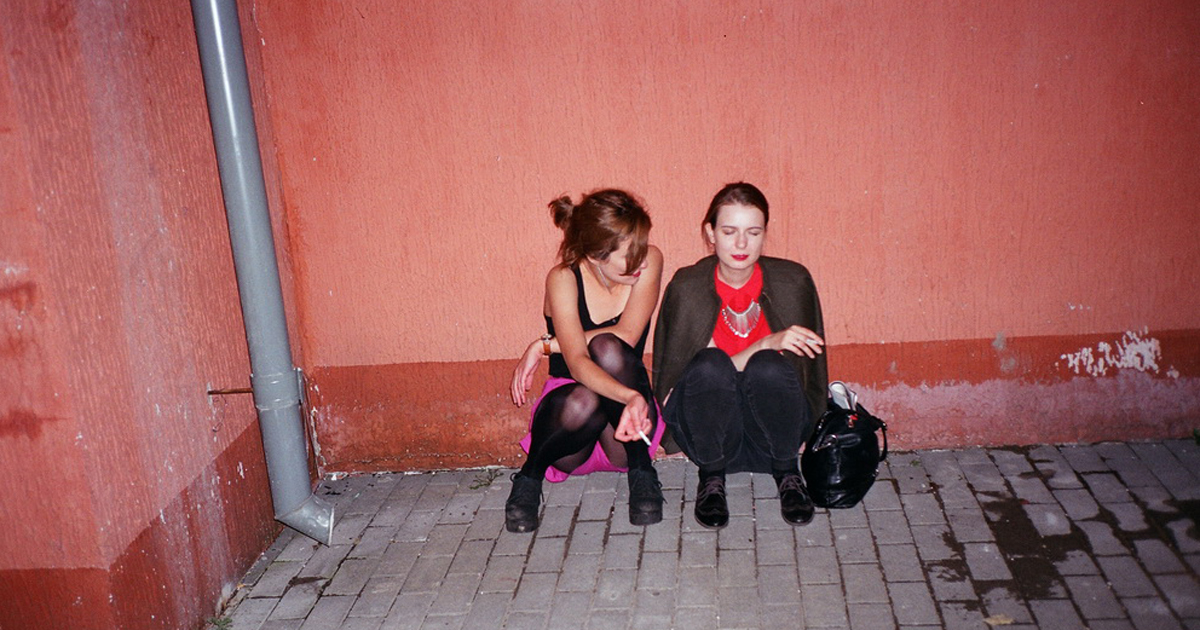Capital punishment: can Minsk move beyond its post-Soviet architectural malaise?
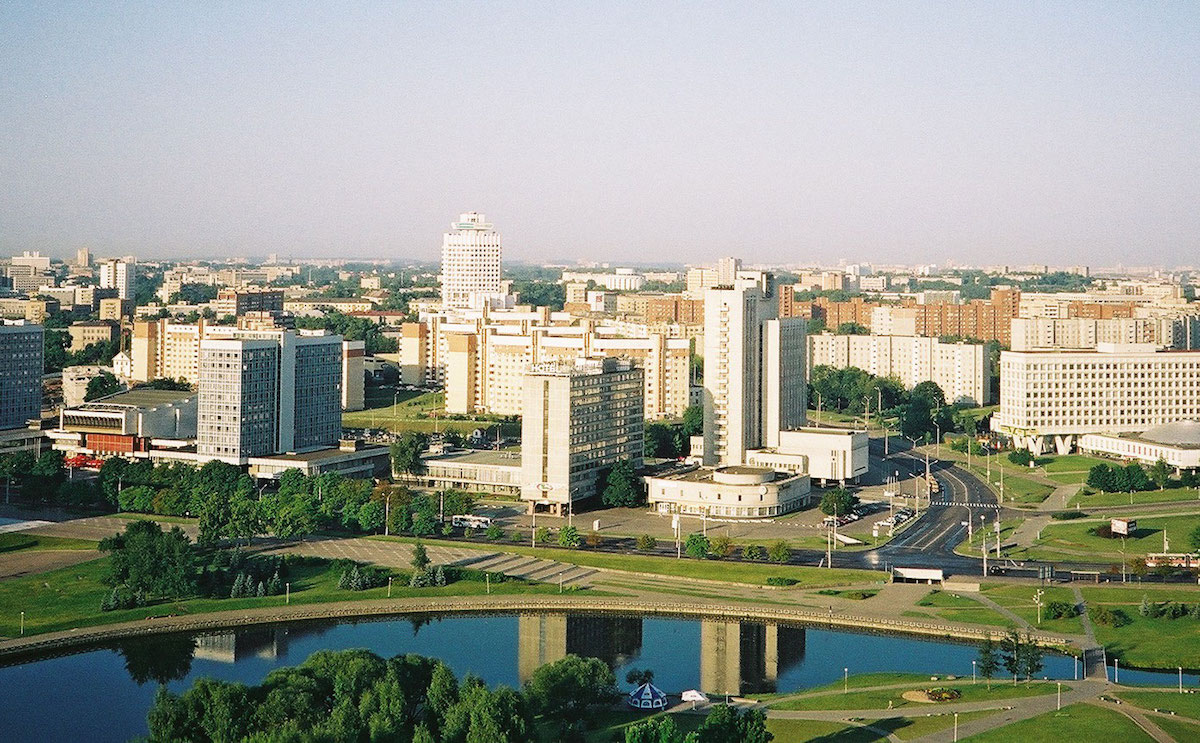
Minsk has a lousy reputation when it comes to its urban fabric, and a freshly published architectural guide to the city gets to the heart of its post-Soviet hangover. Owen Hatherley asks what the future holds for one of Europe’s strangest and most misunderstood capitals
The capital of Belarus has long had a bad press. In the New York Review of Books, Timothy Snyder referred to Minsk as a “sad capital”, with “the most terrifying public spaces in Europe”. Reviewing Minsk 2011, a play by the Belarus Free Theatre, the Guardian’s theatre critic Lyn Gardner repeated as fact one character’s satirical claim that in Minsk, “you cannot look at somebody for more than a few seconds without risking a beating or arrest.” For the German historian Karl Schloegel, the city is somewhere that has just “disappeared” off the map of Europe, no matter how close it is to Warsaw and Vilnius. But for over a year now, relaxed visa rules have made visiting easy, and as if on cue, the Belarusian architectural historian Dimitrij Zadorin has written a fittingly monumental, epic guidebook to Minsk — an opportunity to take a deeper look at the city’s urban fabric, beyond its totalitarian stereotype, and to ask what the future might hold for it.
Richly illustrated, wry and reinforced with historical minutiae, Zadorin’s itemised, precise, suburb-by-suburb and building-by-building account tries to demystify the city. He knows when the forbidding exterior is deceptive, as at the looming Post-Constructivist edifice of the mid-1930s House of the Red Army, whose imposing frontispiece “is rented out to night cafes, where the military spirit is no more than a source of amusement.” He also follows Belarusian architecture well beyond the end of the USSR, when Soviet techniques of mass prefabrication and peripheral planning have resulted in the likes of the BSU Student Town, built between 2009 and 2017, a domineering mix of Postmodernist kitsch and ludicrous, cyclopean scale, resembling the set of Terry Gilliam’s ragtag sci-fi dystopia Brazil. (“Fortunately, only some of the ideas have been executed, saving the students from a universe verging on madness.”)
Minsk’s poor reputation comes largely from its complete destruction in the Second World War, and its rebuilding as a Soviet, Stalinist and then Modernist showcase. This series of masterplans laid on top of each other, none of them quite corresponding, create what Zadorin calls a “confusion, which is what Minsk is really about.” There are three distinct parts to actually existing Minsk, as he describes it: “Stalin City”, the neoclassical metropolis built around the east-west Axis of Independence (formerly Stalin, then Lenin) Avenue; a “Modernist City” based on a riverside north-south swathe of public space known locally as the “Water-Green Diameter”; and the “Historical City”, which paradoxically is the newest of all, being largely built in the 2000s and 2010s as a reminiscence rather than a reconstruction of the Polish-Lithuanian provincial town that once stood here.
Minsk’s poor reputation comes largely from its complete destruction in the Second World War, and its rebuilding as a Soviet, Stalinist and then Modernist showcase
Fittingly, I first met Zadorin last year at the annual forum of the Belarusian Association of Student Architects (BASA), an event which tries to provide an alternative to Minsk’s ossified official architecture. In English accounts, Belarus is invariably described as “Europe’s Last Dictatorship”, and the students and organisers of the BASA forum have lived their entire lives under the rule of Aleksandr Lukashenko. For its organiser Stefania Soich, “BASA’s first aim is to help young students figure out what is good and what is bad and to help them not to drown in this world of ugly official architecture unknowingly.” The aims of the forum were to understand what Minsk actually is — to “explore and analyse the city, its positive and negative aspects,” and to “find out whether there’s something a students’ association can do to influence the city.” For Soich, the city’s extreme Sovietness is valuable by comparison with the nostalgic or retrograde architecture of Lukashenko’s government. “The Minsk of today is an extremely bad place to work or study in. In university they don’t teach you what architecture is, they teach you how to build. There’s no contemporary architecture. There are just buildings.” But “the city itself is a good teacher. Soviet heritage, ghosts of the past — this is what can form and shape you, affect your tastes. The interesting and unique places are those born in the Soviet period. It’s a huge, important heritage.”
Among the students at the BASA Forum last year was Liudmila Slivinskaya, a political scientist and urban planner who has since then moved to Darmstadt in Germany. Her feelings about the city are similarly ambiguous. “Minsk stimulates feelings because of what it lacks. No object is placed within the reach of your senses, so you start to invent, to simulate or to project your visions onto those empty grey surfaces.” The emptiness that is often imparted to the city’s obsessively planned, spacious ensembles is part of what she finds interesting in it, quite apart from its grandiosity. “Minsk’s version of minimalism is about leaving as much free space as possible for the sheer sake of space itself. This sparseness teaches you the beauty of unadorned rough surfaces of cheap concrete, the poetics of crumbling cement pathways with grass growing through them in the middle of vast residential complexes.” For Slivinskaya, this “non-programmed space offers genuine openness for creativity. The more I’m away from Minsk the more attached to it I feel, not estranged but somehow closer.”
“Minsk today is an extremely bad place to work or study in. In university they don’t teach you what architecture is, they teach you how to build. There’s no contemporary architecture. There are just buildings”
Zadorin argues that the seemingly all-pervasive Soviet nostalgia that defines Minsk’s urbanism is not just something visual or facile — it pervades the way the country actually works. “Lukashenko came to power on the premise that he could recover the principal values of the late Soviet era — full employment, free education and health care, and free housing.” Even with recent attempts to introduce a market, the state considers itself responsible for providing new free dwellings for its citizens on a waiting list system. The new blocks are system-built; the big quasi-state megafirms that dominated Soviet Belarusian architecture still loom large, only now they build neoclassical palaces, quasi-Chinese thickets of speculative skyscrapers and new Orthodox churches as much as they do prefab social housing. The lack of small firms explains why there is none of the genuinely modern new architecture that you can find even in comparable capitals like Warsaw, Moscow, Tbilisi or Astana, and almost nothing in the way of non-Belarusian architecture. Zadorin links this dearth of new ideas to Lukashenko’s attempts to foster autarchy: “there is a conviction that ‘ours’ is better than foreign, in all fields of the economy, from vegetables to textiles to machinery.”
Zadorin, Soich and Slivinskaya, for all their affection for the city, clearly find the results suffocating. Asked about the future of the city’s architecture, Soich responds that “the future is already here, and its name is Dana Holdings”, referring to the developers of a huge, architecturally shrill shopping mall on the city’s outskirts, a symbol of contemporary Minsk’s fusion of the big state and big capital. She’d like to see changes in the built environment — “there is such a thing as good architecture, and this is what I want to see in Minsk and Belarus” — but she can “hardly imagine the possibility of something like this in the near future.”
Slivinskaya and Zadorin both lament that as it stands the city’s future is a cartoonish version of its pre-Soviet past, what Slivinskaya calls “awkward attempts to marry some idea of the historical fabric of the city with glass and gingerbread colours”, a sentimental-patriotic “agro-glamour”. In terms of what she’d hope for in the future, she lists some negative virtues: “noble austerity rather than fake luxury in materials and appearance; generosity of space rather than attempts to stuff the maximum. I’d like to see Minsk’s industrial architecture reincarnated and open to the city; I’d like to see reminders of non-modernised Minsk, signs of locality.” Zadorin argues that the city’s architects, fixated on reconstruction, have “lost an understanding of the difference between what is real and what is fantasy.” One particularly clear example of this is the “Reminiscences of Nemiga” complex. Set opposite a high Modernist, multi-level housing and retail complex from the 70s, it replicates its overhead walkways, but in a neo-18th-century style, with nostalgic lamps, pastels and classical details, as if to confirm the notion that there can be no future for the Belarusian model.
And yet, the Soviet structures that all three admire so much, with their futuristic aesthetic and abundant public spaces, were designed by the same giant institutes that churn out what they consider to be little more than dross today. So what happens now? For Zadorin, “it is a question similar to the general question of what the future holds for Belarus” and its peculiar steady-state Sovietism. “Is the Lukashenko regime a temporary state, a condition ripe for change as soon as he disappears? Or is it a very well-thought-out transition to Europe without social conflicts or enslavement by belligerent capital? Or, put more simply: what will happen after he is gone?” Finally, he suggests things may not be quite so hopeless. There is, he thinks, an increasingly evident “emergence of a true city life. I always like to hope for the best.” This can be seen in the forums of BASA, in a handful of small interiors and private spaces and in the way the city’s Soviet and industrial spaces are being reused and repurposed by a younger generation, who see them as the city’s starting point rather than its shame. Go to the Tsentralny bar, an outrageously opulent and strikingly mundane cafe on the ground floor of a department store on Independence Avenue, or to the old factories on Minsk’s green riverside, or to the repurposed Canteen XYZ, home to the Dotyk queer culture festival, and you don’t see the hunched victims of a neo-Stalinist monolith, but people taking the spaces left by the Soviet Union, and making them ordinary and humane.
